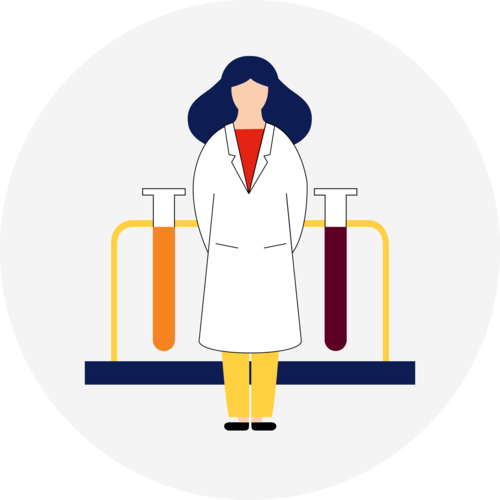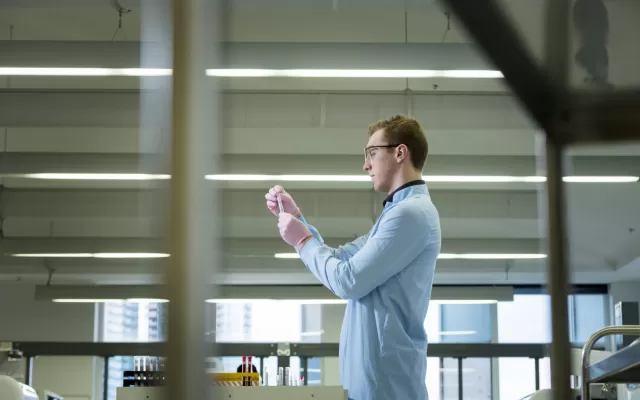Don’t have an account?
Select the donation type you’d like to make
At Lifeblood we want to make sure we get the most out of every donation to help as many people as possible. That’s why we process blood donations to make different components. For example, one whole blood donation can be manufactured into separate red cell, platelet and plasma products.

How do we do this?
After a generous donor gives their blood, it’s sent to one of our processing centres so that you get the most appropriate component of the donation to best treat your condition. After they’ve been separated and manufactured, the blood products are kept at specific temperatures with certain storage requirements, all carefully designed to maintain their quality and shelf-life.
Once they’ve been tested and processed, the blood products are made available to be distributed to transfusion laboratories in hospitals and then given to patients like you.
All blood products that are manufactured by Lifeblood are compliant with good manufacturing and laboratory practice and are of a high, consistent standard.

Leucodepleted blood products
We filter all platelet and red cell products to remove more than 99% of white cells from blood products in a process called leucodepletion. Leucodepletion reduces the risk of cytomegalovirus (CMV) transmission and the risk of other transfusion-related reactions.
Special requirements
Sometimes, particular components need further processing before they can be transfused to patients. For example, your doctor could request red cells that have been ‘washed’.
Washed red cells
When we wash red cells, we remove many plasma proteins, including antibodies (which are attack molecules in blood that an immune system makes in response to foreign things like bacteria and viruses).
You’re more likely to need this product if you:
- have a history of severe reactions to transfusion despite receiving leucodepleted products
- have severe allergic reactions where the cause is unknown, or:
- react to transfused plasma proteins, like if you have an IgA deficiency.
We only prepare washed red cells for patients when their doctor requests them as it takes more processing steps and shortens the shelf-life of the product.
Irradiated blood products
Irradiated blood products may be requested to prevent transfusion-associated graft-versus host disease (TAGVHD).
Transfusion-associated graft-versus host disease may occur where transfused white blood cells see the patient as foreign and attack their cells. This can lead to severe illness and even death.
It’s a rare but serious risk of a blood transfusion, and is sometimes an issue for people with weakened immune systems or if you and your donor are very similar genetically.
Irradiation can be used to destroy the white cells in the donated blood, preventing transfusion-associated graft-versus host disease.
It doesn’t remove them entirely, but prevents them from multiplying and causing the disease.
At Lifeblood, we irradiate some, but not all, of the red cell and platelet components, so your doctor needs to request them.
You’re more likely to require irradiated products if you:
- receive blood from family members
- tissue-typed matched donors
- granulocyte (white cell) donors
- have an inherited immune system disorder
- have developed an immune disorder as a result of treatment with certain drugs
- have a weakened immune system as a result of a bone marrow or stem cell transplant.
Unborn babies and babies who’ve received intrauterine transfusions are also more likely to need irradiated products.
Updated September 2025


